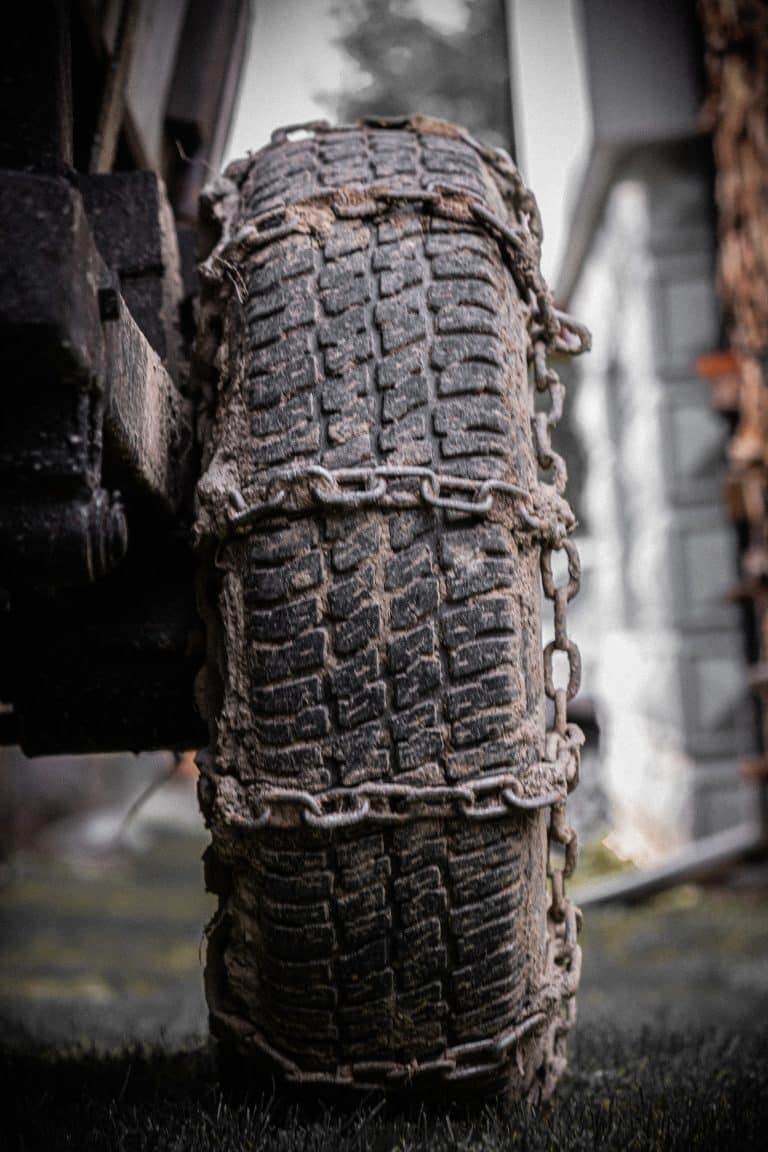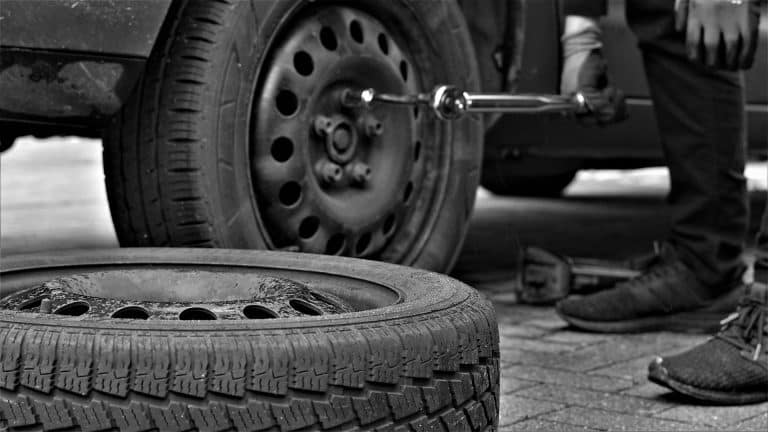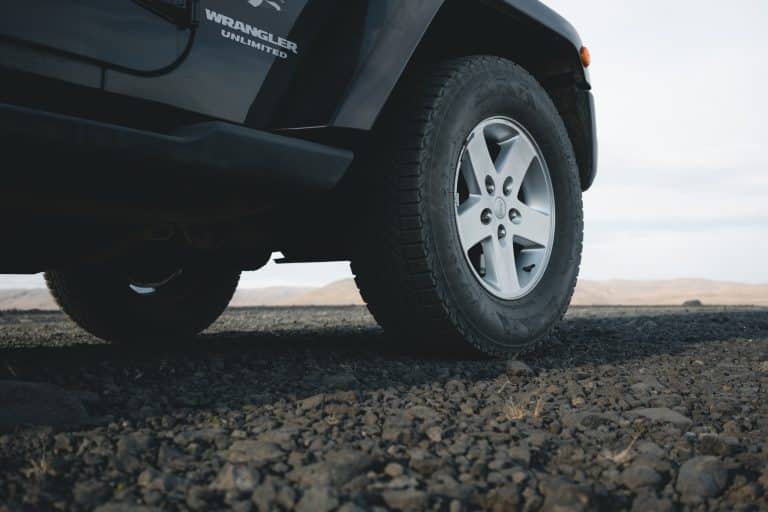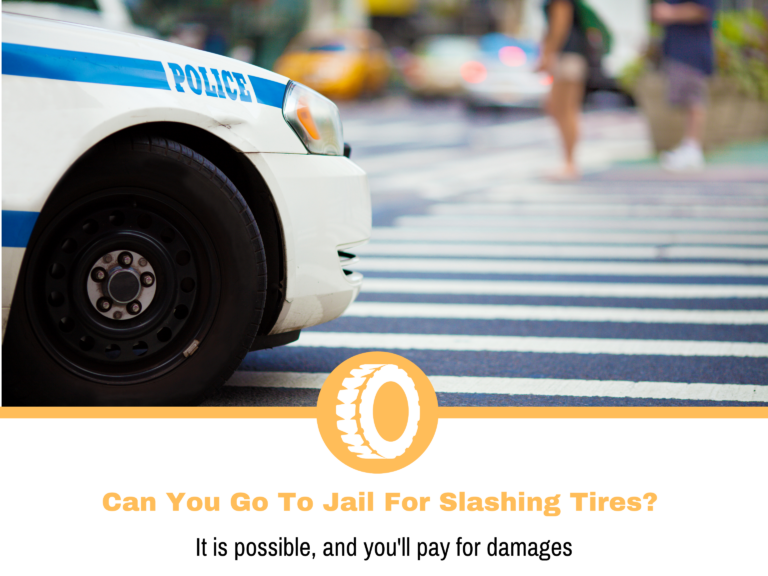6 Ply vs 10 Ply Tires
Most people refer to a tire maximum allowable PSI (kPa) level with ply ratings rather than the current norm, tire load range. No matter how you call it, it is a really important part of making sure you get the most out of your tires. As such, we are going to compare 6 ply vs 10 ply tires, tell you all the differences between them, and why you should go for one over the other.
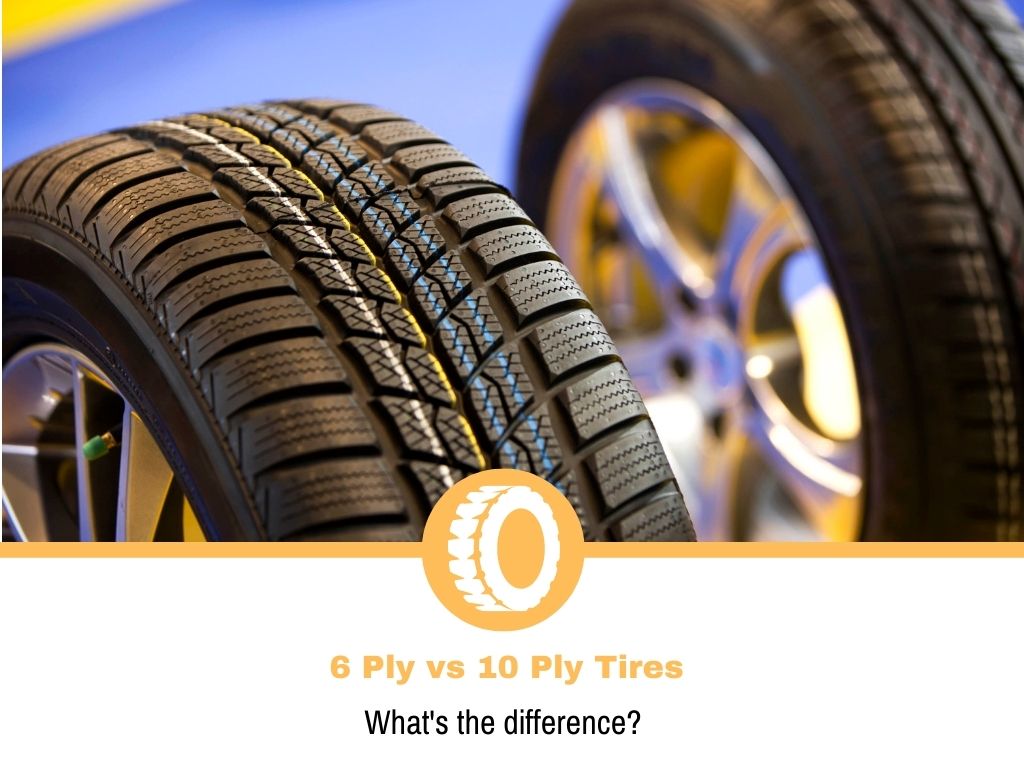
6 Ply vs 10 Ply Tires
A 6-ply rated tire is designed to withstand up to 50PSI (350 kPa) of air pressure which is tied with the maximum capacity a tire can carry at maximum PSI. On the other hand, a 10-ply tire is one that can withstand up to 80PSI (kPa) of air pressure which means that it can carry more weight than a 6-ply tire without hampering its structural integrity while fully inflated.
This is not the only difference between 6-ply and 10-ply tires because a lower ply rating typically means that a tire is more comfortable, better performing, and usually longer lasting. On the contrary, a 10-ply tire is more durable, it can tow more, and it can haul more.
What’s Tire Ply Rating?
The ply tire rating system was first introduced at the very begging of the automotive tire. The term “ply” refers to a layer of cotton, a prime material with which tires were made back in the day. This means that a 6-ply tire was once a tire made out of 6 layers of cotton while a 10-ply tire was once a tire made out of 10 layers of cotton.
10 layers of cotton meant 4 additional layers which made the tire more durable, especially when it comes to loading capacity. However, modern tire industry is so advanced that many other materials such as steel are being used to strengthen the tire while cotton is almost completely out of the picture. Therefore, a tire company can now make a tire with only two layers, but those two layers can easily be more durable than 10-ply tires from back in the day.
This is why the ply tire rating system is no longer in official use because it does not portray the correct picture of how durable a tire can be. People now use a term called load range (not to be mistaken for load index) in which the toughness of a tire is measured by how much PSI it can endure while fully inflated. If you want to know how ply ratings compare to load range, click here.
Why Should I Go With 6-Ply Tires Over 10-Ply Tires?
- They are more comfortable
- They should last longer
- They are quieter
- They perform better
Are 6-Ply Tires More Comfortable Than 10-Ply Tires?
Making a tire comfortable is one of the most difficult things most engineers face in tire companies today. Because tires have become a lot more comfortable in the last 5 decades or so, it is really difficult to push the industry forward these days which is why progress in the automotive tire comfort segment is incremental and rather expensive.
However, if you want to buy the most comfortable tires out there, you should also focus your attention on tire ply ratings as they can play a noticeable role in how comfortable a tire is. A 6-ply tire tends to be both softer and lighter which means less rolling resistance and better ride quality.
Should 6-Ply Tires Last Longer Than 10-Ply Tires?
It depends on the relevant circumstances as 6-ply and 10-ply tires perform differently depending on the situation. You’d think that a 10-ply tire, one that can withstand higher PSI levels, is the more durable and more long-lasting tire, but durability does not always mean longevity.
As such, if we were to use both 6-ply and 10-ply tires at their maximum rated PSI (kPa) levels with a maximum load on top, a 10-ply tire is likely to fail sooner because it simply carries more weight. On the other hand, if we were to carry the same amount of weight on maximum PSI levels, but that weight can easily be supported by both tires, the 10-ply tire is likely to last longer because it can endure weight better in general.
Are 6-Ply Tires Quieter Than 10-Ply Tires?
6-ply tires are softer and lighter which means that the force in which they hit the road is not as exaggerated as it is with 10-ply tires. Whenever a tire rolls, it hits the ground which emits road noise. If a 10-ply tire is heavier and if it carries more weight as well, it is always going to be louder when compared to a 6-ply tire.
These differences don’t seem like much while traveling at lower speeds, but once you merge on that highway, you are likely going to notice the difference. Do keep in mind that this only works if the two tires in question are identical as a lower load range (ply rating) does not always mean a quieter tire. This is because many factors influence how quiet a tire can be, not just ply ratings (load range).
Do 6-Ply Tires Perform Better Than 10-Ply Tires?
6-ply tires should indeed perform better than 10-ply tires because they are lighter, softer, and easier to get going. A lower rolling resistance means that less energy is needed to get the tire rolling which means that the engine can reach better acceleration times without working as hard. The softness of the tire means that a 6-ply tire should put the power down better and that it should stop better.
Why Should I Go With 10-Ply Tires Over 6-Ply Tires?
- They are more durable
- They can tow and haul more weight
- They are more puncture resistant
Are 10-Ply Tires More Durable Than 6-Ply Tires?
10-ply tires can carry more weight because they can be inflated to a higher PSI (kPa) level. This means that a 10-ply tire can withstand higher pressure levels which means that it is more structurally sound. If you were to air up a 6-ply tire to 80PSI while adding its maximum load capacity, it would likely burst while a 10-ply tire aired up to 80PSI with its maximum weight on top is something a 10-ply should do easily.
Can 10-Ply Tires Tow And Haul More Wight Than 6-Ply Tires?
A 6-ply tire aired up to its 50PSI maximum should be able to hold about 1,760 lbs per tire. A 10-ply tire aired up to its maximum 80PSI should be able to hold about a little over 3,000 lbs per tire which is a significant gain over a 6-ply tire. This means that a 10-ply tire can not only carry more, yet it can carry weight in a more controllable and predictable manner.
If you were to load up a 10-ply tire with even less than 1,500 lbs of weight per tire, it should still carry that amount of weight better than a 6-ply tire. As such, when it comes to loading capacity and towing/hauling, a 10-ply tire outperforms a 6-ply tire by quite some margin.
Are 10-Ply Tires More Puncture-Resistant Than 6-Ply Tires?
10-Ply tires are indeed stiffer which makes them capable of withstanding cuts a lot better. The contact patch on a 10-ply tire is simply tougher than the one found on a 6-ply tire which shields the inner tire from the outside environment. This is why many construction workers, off-roaders, and adventurists use high ply ratings for their tires as those are simply tougher.
Be that as it may, you need to be aware that the sidewall of the tire is often the most vulnerable part of the tire when it comes to puncturing. A 6-ply and a 10-ply tire shouldn’t be all that much different when it comes to sidewall puncture resistance.
Which Cars Use 6-Ply Tires?
6-ply tires are some of the most popular tire options on the current market which means that most passenger cars and light trucks/SUVs use 6-ply tires. These can typically be seen on daily drivers, commuters, and highway cruisers all around the world because these are the environments best suited for 6-ply tires.
Which Cars Use 10-Ply Tires?
10-ply tires can commonly be seen on certain light trucks and many heavy-duty trucks. They can also be seen on certain commercial trucks, vans, and even trailers. A 10-ply tire is a more purpose-made tire which means that it is more commonly found in the commercial sector of the automotive industry. Places like construction sites, quarries, gravel roads, and mountains are places where 10-ply tires hang about.
Conclusion
At the end of our “6 Ply vs 10 Ply Tires” article, we can easily say that there are some benefits and drawbacks to each of these. A 10-ply tire is usually considered to be “better” because it comes with a higher ply rating. The reality is a bit more complicated as a higher ply rating does not always correspond with better quality.
A 10-ply tire can endure higher PSI (kPa) levels which enables it to carry more weight, be more durable, and be better in tricky terrain. On the other hand, a 6-ply tire is your more standard tire ply rating that typically bests a 10-ply tire when it comes to comfort, performance, longevity, and noise levels.
